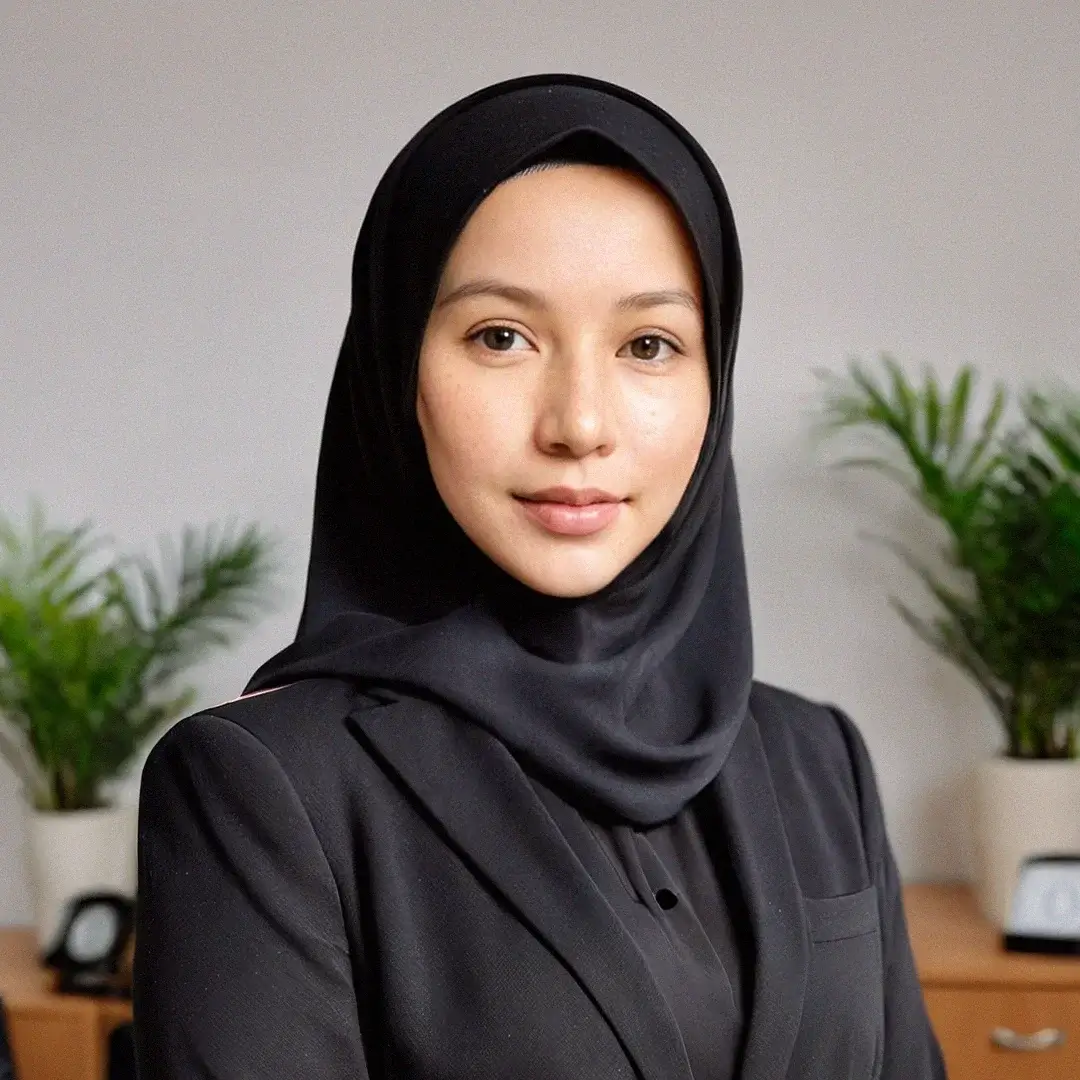Ready to use legal template
Drafted by experienced lawyers
Compliant with Malaysian law
Ready to use legal template
Drafted by lawyers
Compliant with Malaysian law
Home › Business contracts › Partnership agreement
Learn more about Partnership Agreement in Malaysia
A Partnership Agreement is a legally binding contract that outlines the rights, responsibilities, and obligations of partners entering into a business venture together. In Malaysia, this agreement is essential for defining how the partnership will operate, how profits and losses will be shared, and how decisions will be made. It also helps clarify procedures for resolving disputes, admitting new partners, or dissolving the partnership. Whether you are starting a small business or formalizing an existing collaboration, this document is crucial under Malaysian law to safeguard the interests of all parties involved. Download our professionally drafted Partnership Agreement, easy to edit in Word format and expertly prepared for use in Malaysia, to start your business relationship on a solid legal foundation.
Table of contents
-
What is a Partnership Agreement in Malaysia?
-
What is included in this Partnership Agreement?
-
Why is a Partnership Agreement important?
-
How can a Partnership Agreement protect business partners?
-
How does a Partnership Agreement define profit and loss sharing?
-
How does a Partnership Agreement affect liability in Malaysia?
-
How to add or remove a partner in a Partnership Agreement?
-
What happens if a partner breaches the Partnership Agreement?
-
How to terminate a Partnership Agreement in Malaysia?
What is a Partnership Agreement in Malaysia?
A Partnership Agreement in Malaysia is a legally binding contract between two or more individuals or entities who agree to operate a business together. It outlines the rights, responsibilities, and obligations of each partner, as well as the structure of the partnership. Governed by the Partnership Act 1961, this agreement helps prevent disputes by clearly defining how profits, liabilities, and decision-making processes are shared among partners. Without a formal Partnership Agreement Malaysia, partners may face legal uncertainties and financial risks.
What is included in this Partnership Agreement?
A well-drafted Partnership Agreement Malaysia should include the following essential elements:
| ➤ Business Structure & Purpose: Defines the business name, purpose, and objectives of the partnership. |
| ➤ Capital Contributions: Specifies how much each partner is investing in the business. |
| ➤ Profit and Loss Sharing: Details how profits and losses will be distributed among partners. |
| ➤ Roles & Responsibilities: Outlines the duties and decision-making authority of each partner. |
| ➤ Liability & Indemnification: Establishes the extent of financial and legal liability for each partner. |
| ➤ Dispute Resolution: Defines procedures for resolving conflicts, including mediation and arbitration. |
| ➤ Adding or Removing Partners: Sets rules for introducing new partners or handling partner exits. |
| ➤ Dissolution & Termination: Specifies conditions under which the partnership can be terminated. |
| ➤ Governing Law: States that the agreement is governed by Malaysian laws. |




